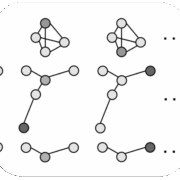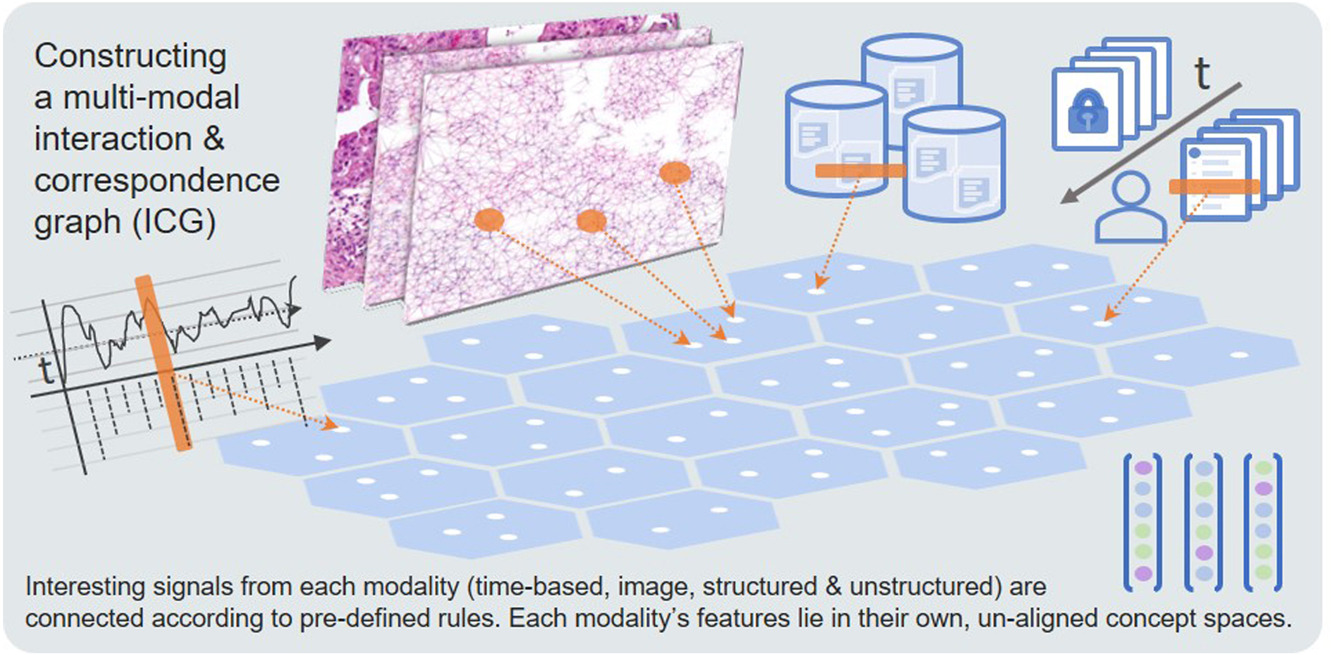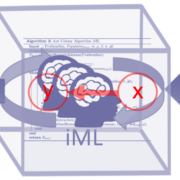Enhancing trust in automated 3D point cloud data interpretation through explainable counterfactuals
Our most recent paper introduces a novel framework for augmenting explainability in the interpretation of point cloud data by fusing expert knowledge with counterfactual reasoning. Given the complexity and voluminous nature of point cloud datasets, derived predominantly from LiDAR and 3D scanning technologies, achieving interpretability remains a significant challenge, particularly in smart cities, smart agriculture, and smart forestry. This research posits that integrating expert knowledge with counterfactual explanations – speculative scenarios illustrating how altering input data points could lead to different outcomes – can significantly reduce the opacity of deep learning models processing point cloud data. The proposed optimization-driven framework utilizes expert-informed ad-hoc perturbation techniques to generate meaningful counterfactual scenarios when employing state-of-the-art deep learning architectures. Read the paper here: https://doi.org/10.1016/j.inffus.2025.103032 and get an overview by listening to this podcast 🙂











